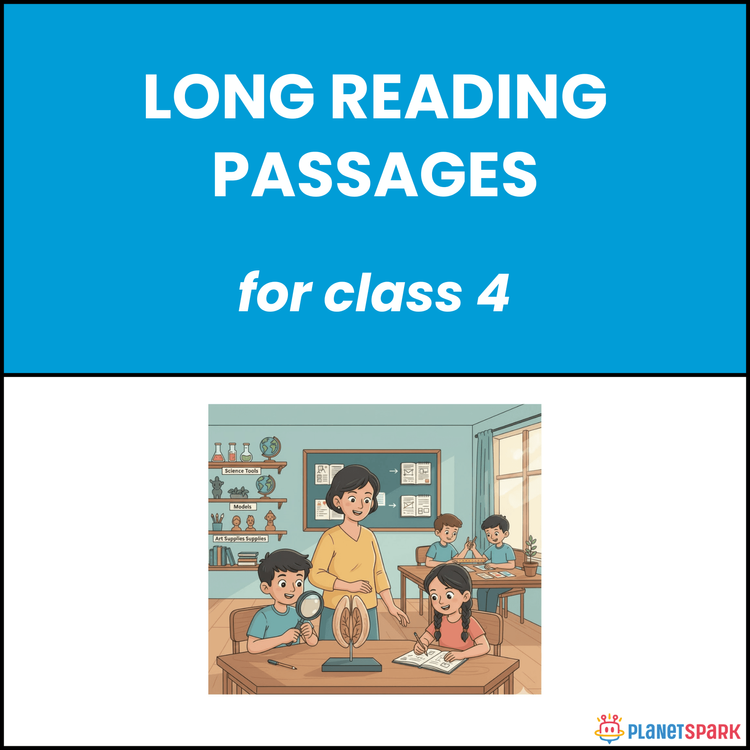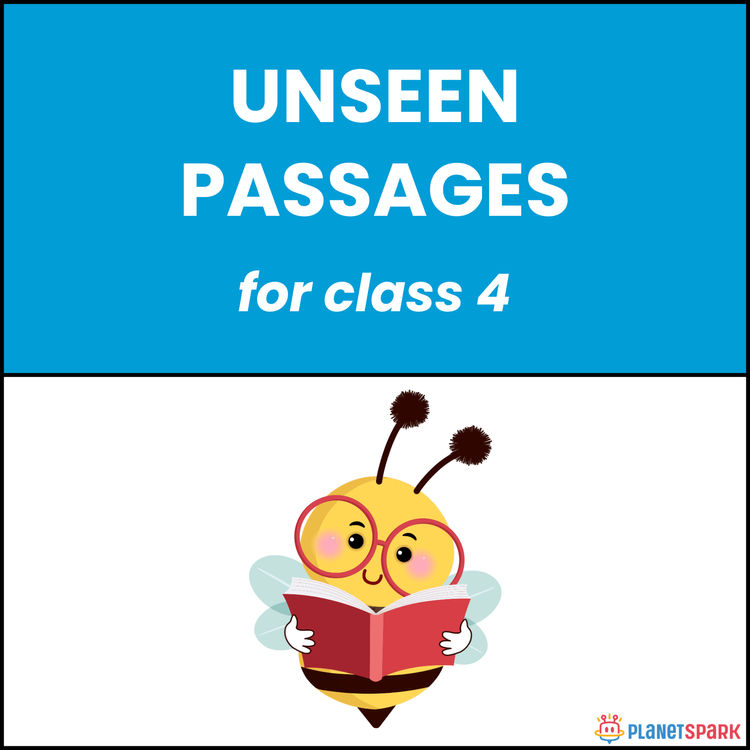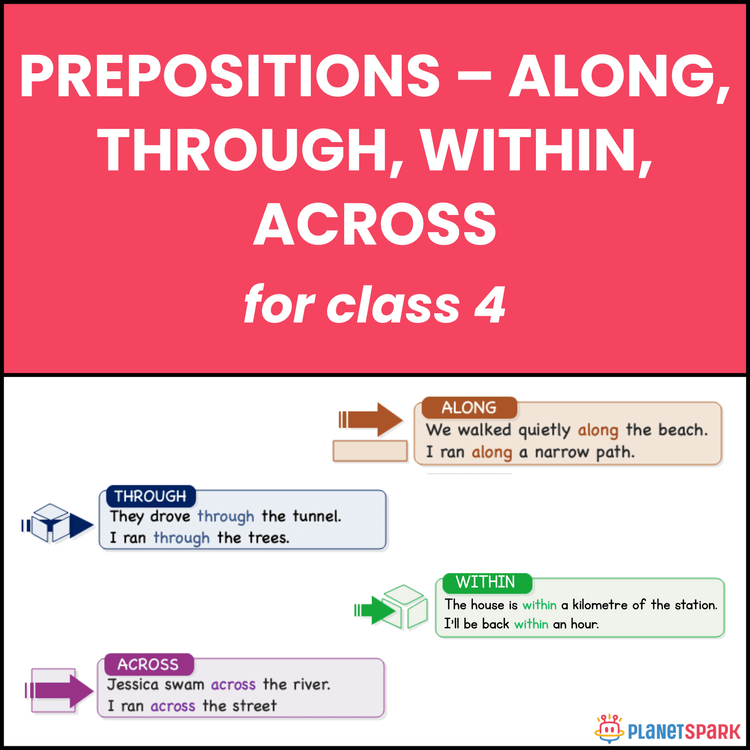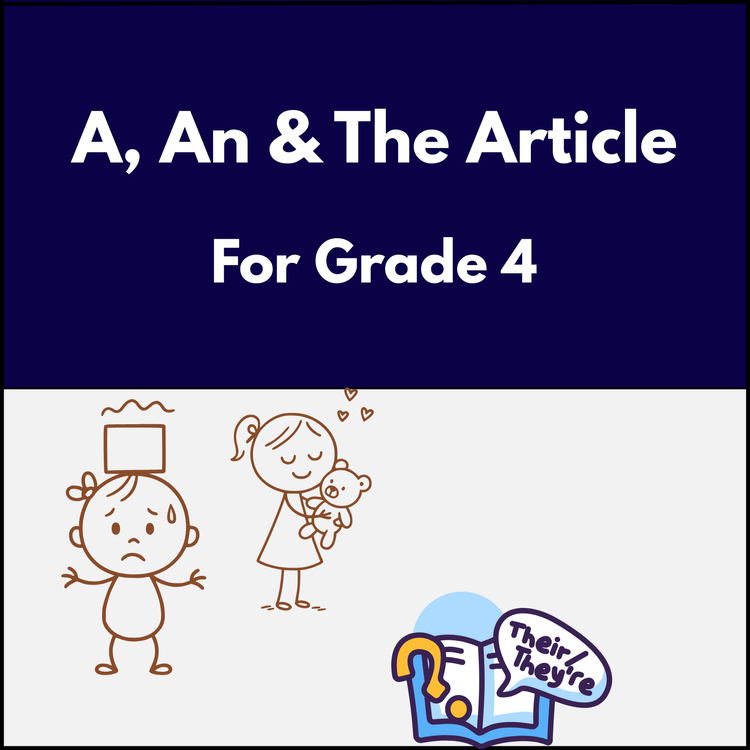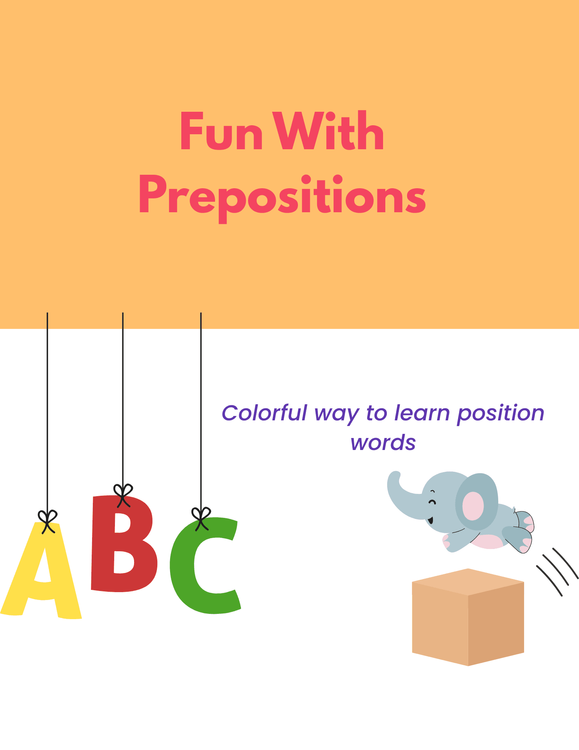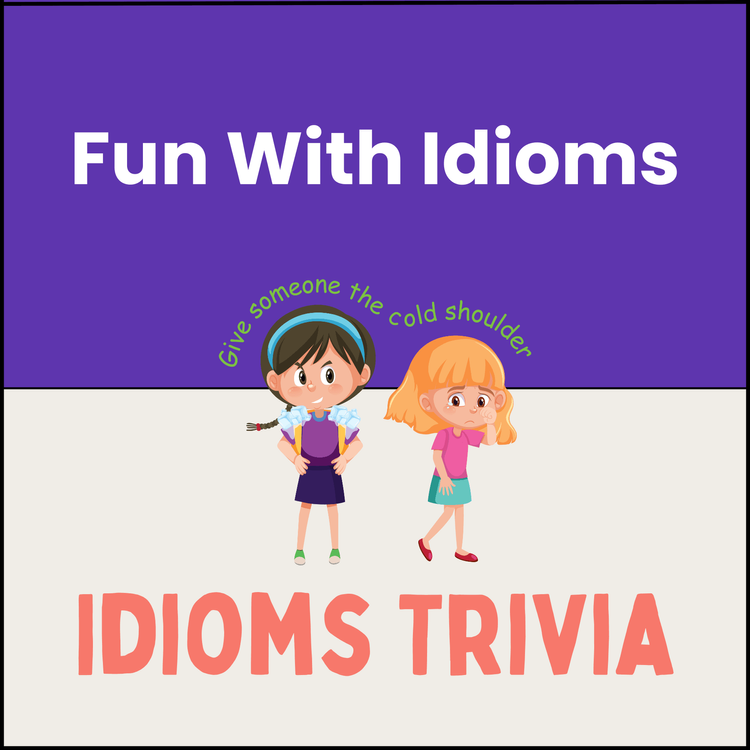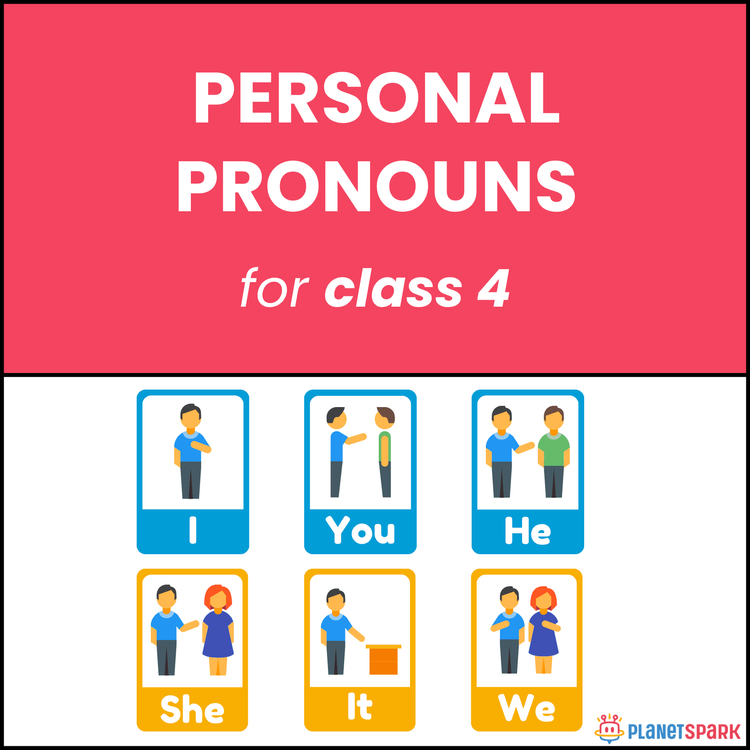Class 4 Singular and Plural Nouns Grammar Worksheet
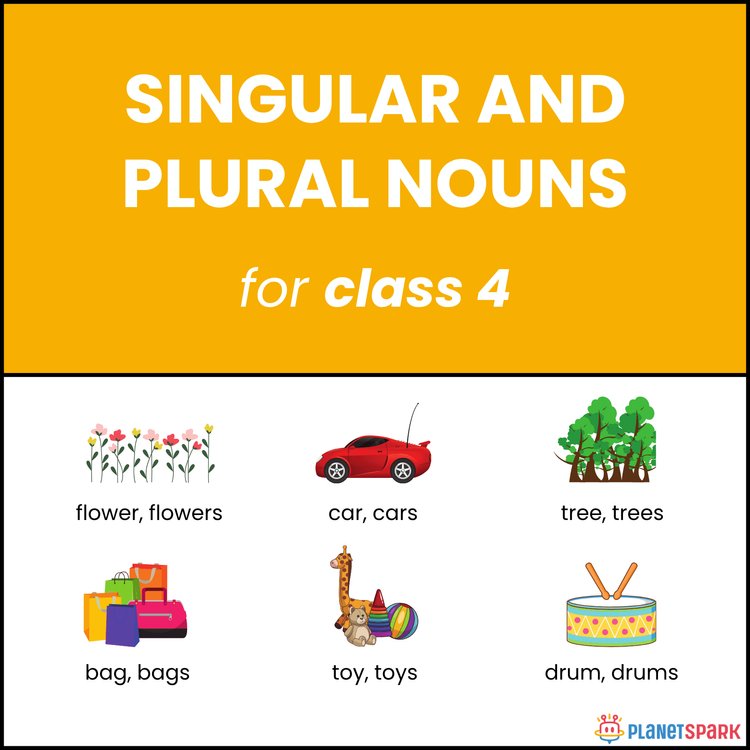

Class 4 Singular and Plural Nouns Grammar Worksheet
Plural Power: Mastering Singular and Plural Nouns for Class 4
This worksheet helps Class 4 learners confidently convert singular nouns into their plural forms. Through simple rules, categorized exercises, and a variety of spelling patterns, children gain mastery over both regular and irregular plural forms.
Why Singular and Plural Nouns Matter in Grammar?
This topic helps learners:
1. Build correct sentence structure by understanding number agreement.
2. Apply spelling rules for regular and irregular noun forms.
3. Improve writing accuracy and vocabulary development.
4. Lay a strong foundation for subject-verb agreement and more advanced grammar.
What’s Inside This Worksheet?
This colorful, rule-based worksheet includes five structured noun exercises:
✍️ Exercise 1 – Add -s to Make Plurals
Students change regular singular nouns (e.g., *cat*, *book*) to their plural forms by simply adding **-s**.
📦 Exercise 2 – Add -es for Special Endings
Learners change words ending in -ch, -sh, -x, -s, or -o to plurals using **-es** (e.g., *box → boxes*).
✏️ Exercise 3 – Change 'y' to 'ies'
Nouns ending with consonant + **y** (e.g., *lady*, *story*) are transformed to their correct plural forms by changing **y to ies**.
🍃 Exercise 4 – Change 'f' or 'fe' to 'ves'
This activity teaches how to pluralize nouns like *leaf → leaves* or *knife → knives* by replacing **f/fe with ves**.
🧠 Exercise 5 – Irregular Plural Forms
Students complete a table converting tricky nouns like *child → children* and *mouse → mice* that don’t follow a rule.
✅ Answer Key (For Parents & Educators)
Exercise 1 – Add -s
1. cats
2. books
3. pens
4. chairs
5. apples
6. dogs
7. cars
8. toys
9. flowers
10. bags
Exercise 2 – Add -es
1. boxes
2. dishes
3. tomatoes
4. churches
5. buses
6. foxes
7. glasses
8. brushes
9. mangoes
10. matches
Exercise 3 – Change y to ies
1. babies
2. stories
3. ladies
4. ponies
5. cities
6. armies
7. parties
8. berries
9. flies
10. puppies
Exercise 4 – Change f/fe to ves
1. knives
2. leaves
3. wolves
4. calves
5. shelves
6. loaves
7. thieves
8. lives
9. wives
10. halves
Exercise 5 – Irregular Plurals
1. children
2. men
3. women
4. teeth
5. feet
6. mice
7. geese
8. oxen
9. lice
10. people
Boost spelling and grammar confidence with this fun and visual worksheet on plural nouns.
🔖Book a free trial!
Frequently Asked Questions
Plural nouns show more than one item and are often formed by adding -s or -es.
Words ending in -y, -f, or -o have special plural forms like “babies,” “wolves,” “tomatoes.”
They may struggle with irregular plurals or miss context clues in sentences.
